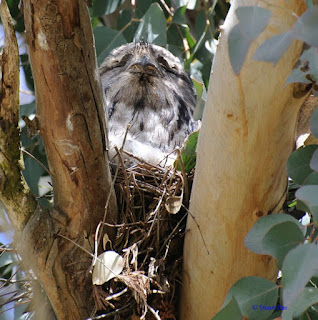A scientific paper, based on my work on golden plover in the Outer Hebrides in Scotland, has been published in Ringing & Migration 2009, 24, 253-258.
www.bto.org/ringing/rmj/rmj-24-4.htm
Counts of spring passage Golden Plover Pluvialis apricaria in north Lewis
S. RAE, G. JONES, F. STEWART & R. TINGAY
The rich lowland grasslands of Lewis in the Outer Hebrides are used as foraging grounds by many thousands of golden plover in spring. The more boldly marked birds within these flocks are believed to be of the northern altifrons form which breeds in Iceland, and the Lewis grasslands are possibly very important for theses birds which stop there to feed before flying across the Atlantic Ocean.

A flock of golden plover of the altifrons type, feed in Lewis grassland. Some of the birds have very bold black and white plumage, probably males, while the less well marked birds are probably females.
 A male Golden Plover of the southern apricaria form, which was breeding on the nearby moorland in Lewis. He is typically less boldly marked than the males seen on passage in the grasslands, as above.
A male Golden Plover of the southern apricaria form, which was breeding on the nearby moorland in Lewis. He is typically less boldly marked than the males seen on passage in the grasslands, as above.










 Little bandits - at this age the chicks have a dark band of feathers across their eyes. This works well in breaking up the outline of their light grey fluffy down, although not so well with their big yellow eyes wide open.
Little bandits - at this age the chicks have a dark band of feathers across their eyes. This works well in breaking up the outline of their light grey fluffy down, although not so well with their big yellow eyes wide open.

















